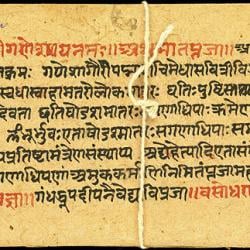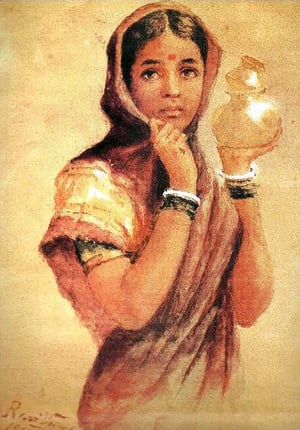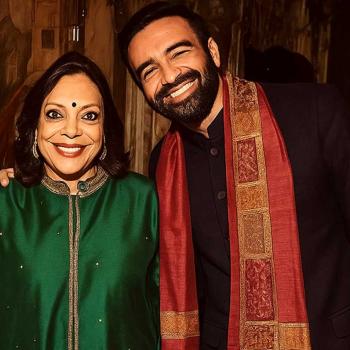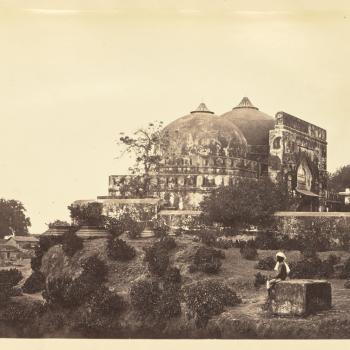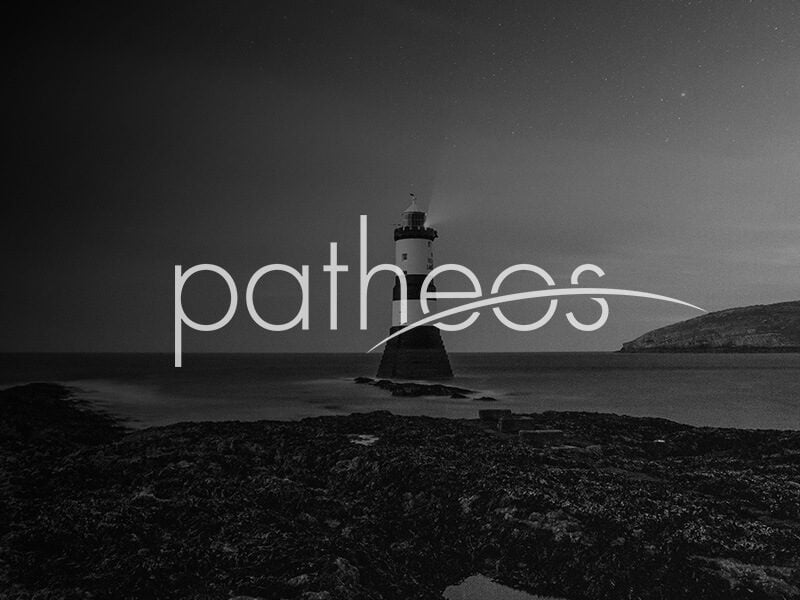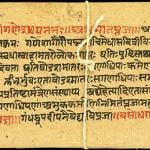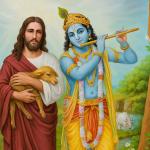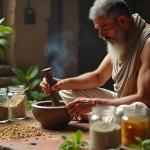Ranging from austere fasts to exuberant fairs like Holi, the festivals of India are as varied and colourful as its people, Hinduism, Islam and Christianity are the three most widely professed religions, and since each has its own. particular observances and celebrations, the total number of festivals is very large. Among the Hindus alone, there- are about 70. Only a few, however, are widely observed.
Hindu festivals are of four kinds; the festivals proper,. vratas (fasts), jayantis (birthdays) and melas (fairs). Asa rule, they commemorate events of moral and spiritual significance in the lives of the gods and goddesses of mythology as well as legendary heroes and heroines. Also, certain positions and conjunctions of the planets give certain days a sacred character, e.g., the Puranmashi Vrata (Fast of the Full Moon), which comes once a month.
The more important festivals are Diwali, Basant Panchami, Rakshabandhan, Dusserah and Holi.
DIWALI
Deepavali or Diwali, the festival of lamps, is one of the most popular. It usually falls in October, the date varying from year to year, and celebrates the homecoming of Rama, the hero of the epic Ramayana, after he had defeated the demon king Ravana. Diwali is an occasion for great rejoicing. A few days before the festival, houses are whitewashed, rubbish is disposed of and furnishings renovated. On Diwali morning, every household is up and about very early and people put on new clothes. Visits are exchanged between friends and relations and gifts given and taken. In the evening, rows of earthen lamps are lit on every house-front and roof-top.
People go out into the bazars, shopping for presents. Children buy crackers, squibs, Catherine wheels and other fire-works.
In the evening, the family gathers in the best room of the house and performs the Diwali puja, when prayers for success and prosperity are offered to Lakshmi, the Goddess of Wealth.
Bengalis devote this day to Kali puja. The South has a different tradition.
BASANT PANCHAMI
Basant Panchami marks the first day of spring. In spring new leaves appear, the bud blossoms and all living things come to fruition. This exuberance in the world around and in the hearts of men is celebrated in a fitting manner. Everyone wears yellow. Men tie yellow turbans and women don yellow dupattas or saris. Children fly yellow kites. It was on this day, according to legend, that Siva reduced Kamdeva, the God of Love, to ashes with one glance from his omnipotent third eye.
Bengalis, who worship Saraswati, the Goddess of learning, on this day, take out an image of the goddess in procession and immerse it in the river.
RAKSHABANDHAN
Rakshabandhan, or Rakhi, commemorates the occasion when Sachi, the wife of Indra, tied a sacred thread round her husband’s wrist after he had been defeated by the asuras (demons). This amulet gave him added strength and power so that he returned to the fight and triumphed.
On this day, a sister ties an amulet of coloured thread round her brother’s wrist while reciting mantras (prayers). The sister then presents the brother with sweets. He reciprocates by giving her a present in cash. The amulet is supposed to give the wearer strength to ward off evil influences. In the ceremonv of Rakshabandhan, the sister symbolically places her honour in her brother’s keeping and he in turn pledges to protect her.



